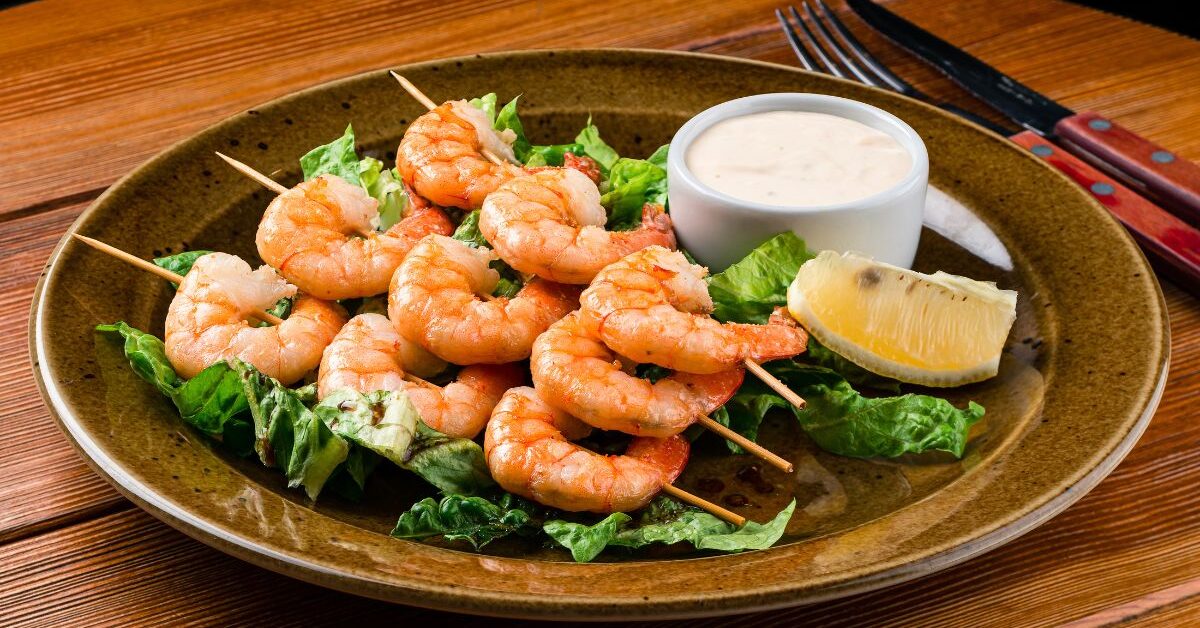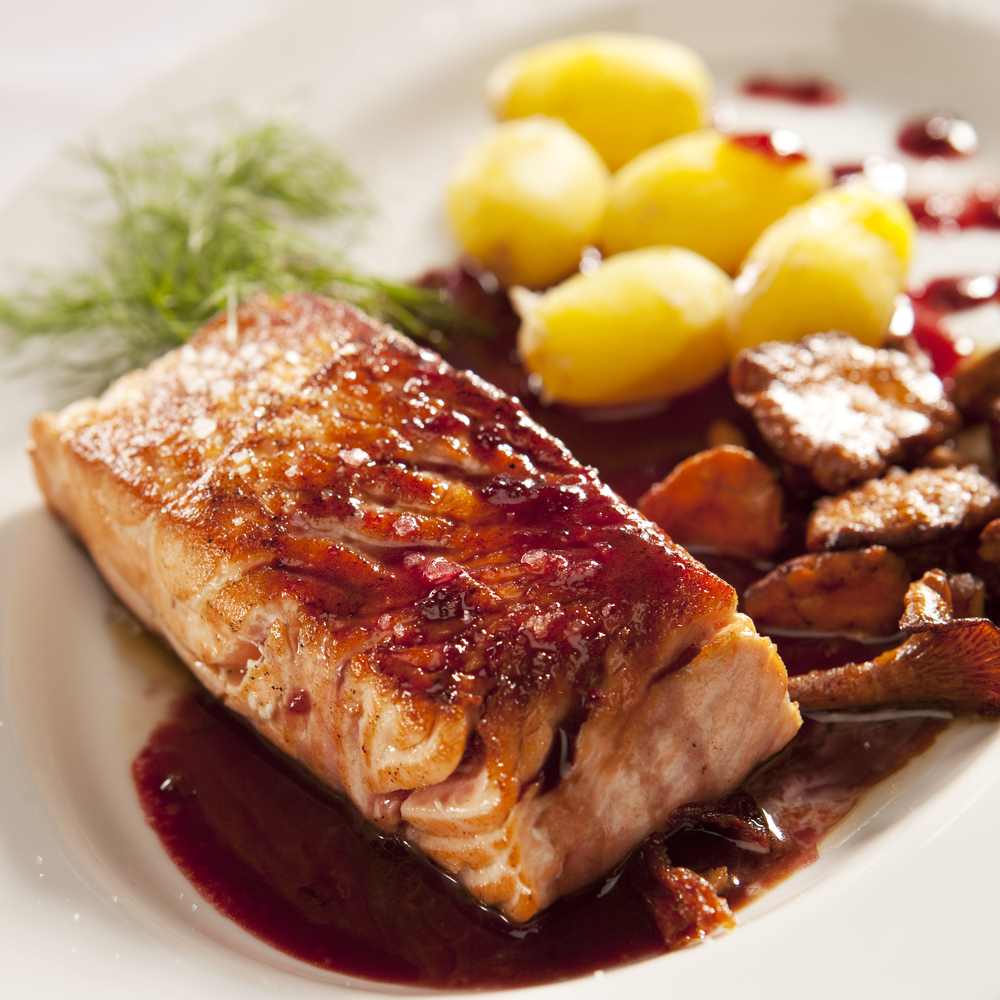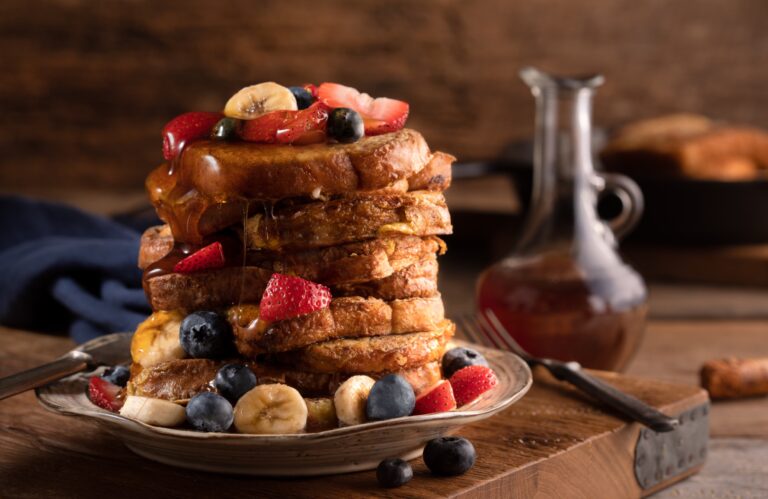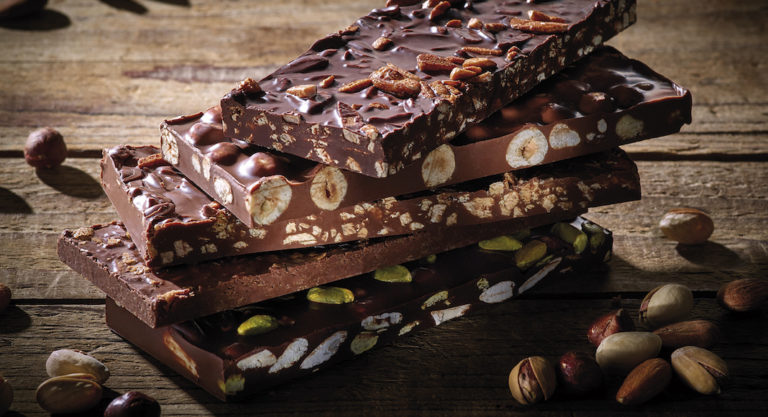Appetizer, entrée, dessert. This three course meal might be fine and dandy for people who don’t speak French, but for those of us with some knowledge of France, one of these culinary terms is rather confusing.
What is an Entrée in French?
Entrée is a French word that Americans use to refer to a “main course.” However, the meaning of entrée in French refers to an appetizer on a traditional French menu, and the French call the main course a plat principal… so what happened to the original meaning of entrée?
Entrée vs. Plat Principal
It’d be easy just to blame this on Americans butchering another country’s language, but that wouldn’t be fair. As it often happens with cultural questions, history holds the answer.
The word “entrée” was imported from France to the United States at the end of the 19th century, by French chefs in chic New York restaurants. At the time, meals were often comprised of up to 15 courses. The entrée came between the fish course and the roast, the roast being the most substantial part of the meal. It would consist of something lighter than the roast but heavier than the fish, like chicken, lobster, ragu, or pâté. In addition, there would be things like hors d’œuvres, cheese courses, then dessert as a final course.
But, in the first half of the 20th century, the American culinary scene changed. Prohibition and the Great Depression upended eating habits. Beauty ideals moved away from the curvaceous Gibson Girls, to the svelte, more exposed flappers; women wanted to be thinner. The idea that wealth was reflected in physical robustness declined. As a consequence, these lavish 15-course meals disappeared.
“Meals became simpler. The number of courses shortened down to five,” explains Cathy Kaufman, independent researcher and Chair of the Board of Directors at the Culinary Historians of New York association.
Why do Americans call the main course an entrée?
Despite the entrée being cut from menus (along with many other courses), the term remained on American menus. Why did the French term survive? “Restaurants’ desire to remain associated with French cuisine,” said Kaufman. “The term elevates the quality of the restaurant in the eyes of the client.”
So entrée lived on, but not in its original form. In the US, the entrée became the main course, and appetizers or starters became the first course. In France, the entrée stuck with its translation (“start,” “beginning,” “entry”) and position of being the course before the roast, thus becoming the first course.
What is an entrée, anyway?

As for its use in modern times, according to Freedman, the word “entrée” is on the decline due to the decreasing popularity of the one-entrée-per-person dining format. People now seem to prefer dishes like “small plates” and tapas, which can be shared amongst the table. “Paris no longer defines cuisine on a global level,” Freedman said. “Today, the trend is fragmentation of meals, the individualization of eating.”
Pop quiz:
– What is the first course meal called in French?
The first course in French is referred to as an entrée.
– Does entrée mean main course?
Entrée means “main course” in English, but it means “appetizer” in French.
– What is considered an entrée?
An entrée is the first dish of a meal in Europe, and the main course in the U.S.
Also Read:







